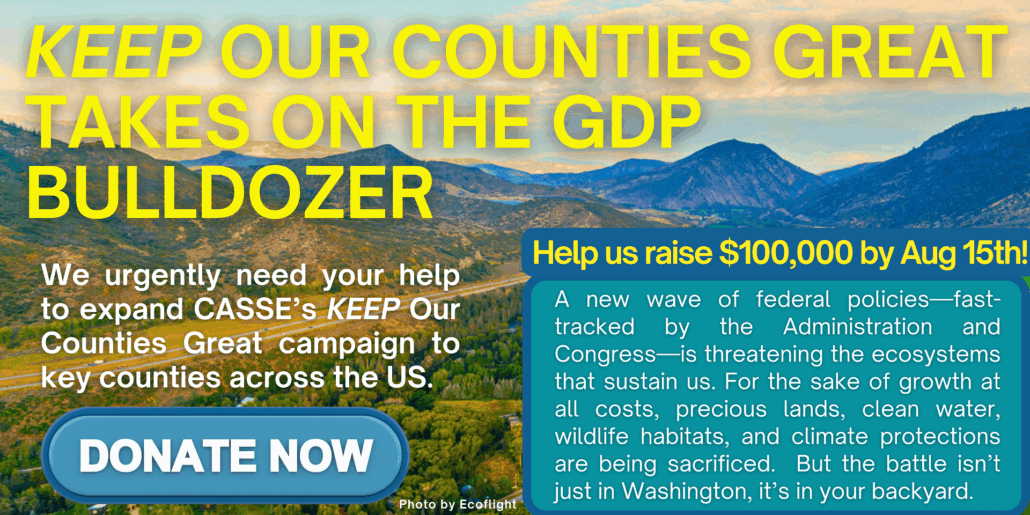A Dry Reckoning for Finney County
by Dave Rollo
Finney County lies in the southwest quadrant of Kansas and above the massive Ogallala Aquifer. Running mid-continent from the Dakotas to Texas, the Ogallala is the largest aquifer in North America. Once holding the volume equivalent of Lake Huron, the aquifer was first tapped for high-volume irrigation in 1909. This fundamentally transformed the landscape from ecologically diverse tallgrass prairie to energy- and water-intensive monoculture crops on an immense scale.
